Neurosurgery
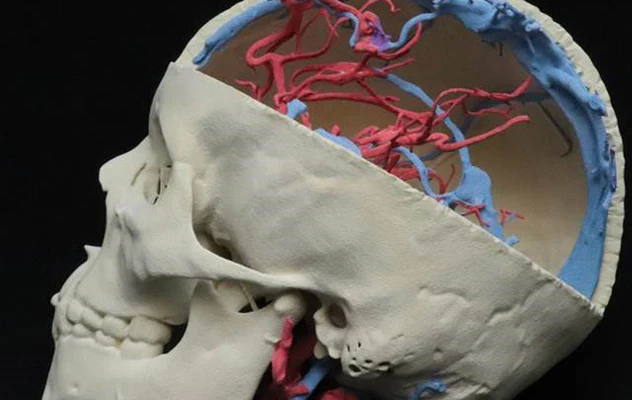
Neurosurgery is a highly specialized field that focuses on the diagnosis, treatment, and management of disorders affecting the brain, spinal cord, and nervous system. 3D printing has become an invaluable tool for neurosurgeons, enabling them to enhance their surgical skills, plan complex procedures, and improve patient outcomes.
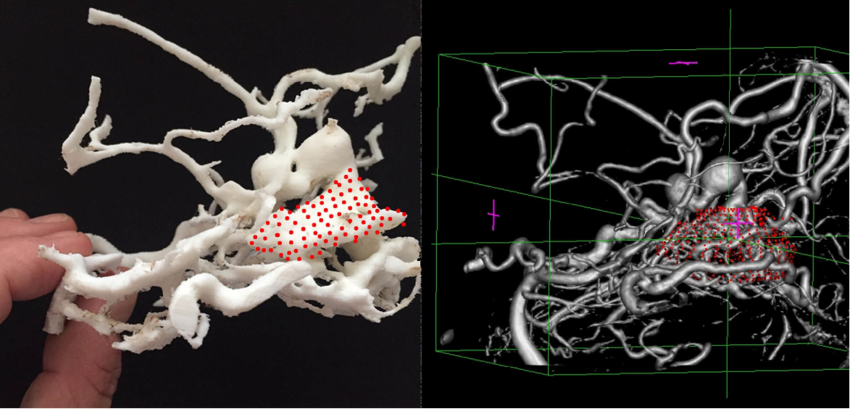
Accurate Replication of Anatomy: 3D-printed models can accurately replicate the intricate details of the skull, brain, and spinal cord based on patient-specific medical imaging data such as CT and MRI scans. This level of detail provides neurosurgeons with a tangible and realistic representation of the patient's anatomy, allowing for precise preoperative planning and practice.
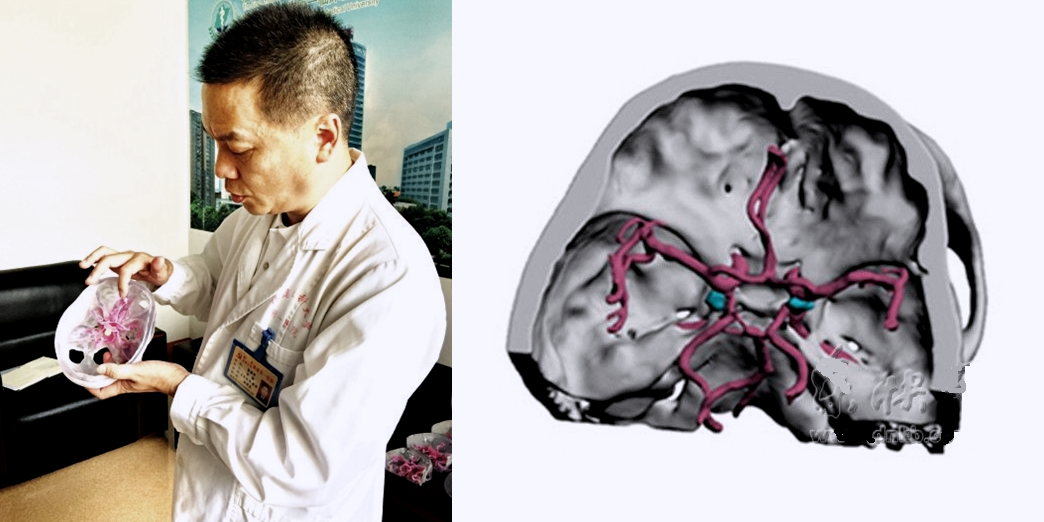
Tumor Removals: Neurosurgeons often perform procedures to remove brain tumors, which require a high degree of precision and care to minimize damage to healthy tissue. 3D-printed models allow surgeons to study the tumor's location, size, and relationship to surrounding structures before the actual surgery. Surgeons can practice different approaches and techniques to plan the optimal path for tumor removal.

Aneurysm Clippings: Aneurysms are weakened and bulging areas in blood vessels that can rupture and cause life-threatening bleeding. Neurosurgeons use 3D-printed models to simulate the delicate procedure of clipping aneurysms. These models help surgeons determine the most effective clip placement to isolate the aneurysm while preserving nearby blood vessels and neural structures.

Minimally Invasive Surgery: Some neurosurgical procedures are performed using minimally invasive techniques. 3D-printed models assist surgeons in practicing these procedures by providing a realistic platform to practice instrument manipulation, navigation, and visualization in a controlled environment before performing them on patients.
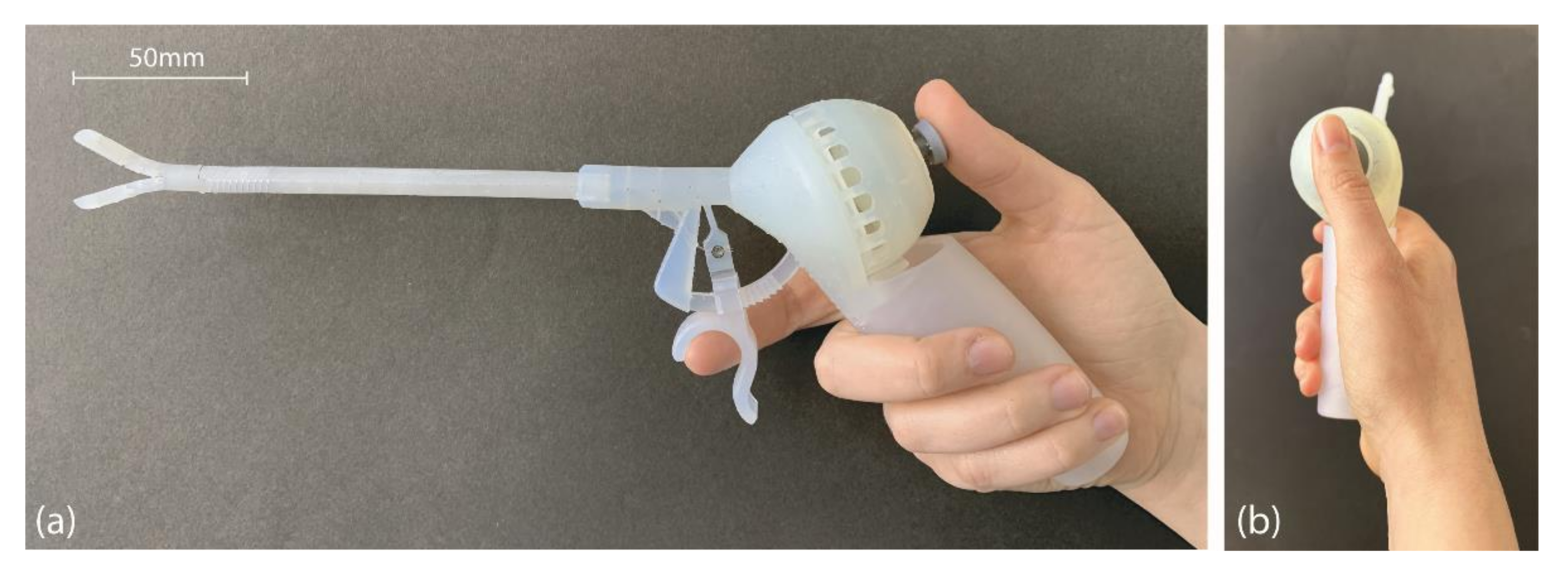
Education and Training: 3D-printed models are excellent educational tools for both aspiring neurosurgeons and patients. Medical students and residents can gain a deeper understanding of complex neuroanatomy and surgical procedures by using these models for hands-on practice. Patients can also benefit from visualizing their condition and the proposed surgical approach.
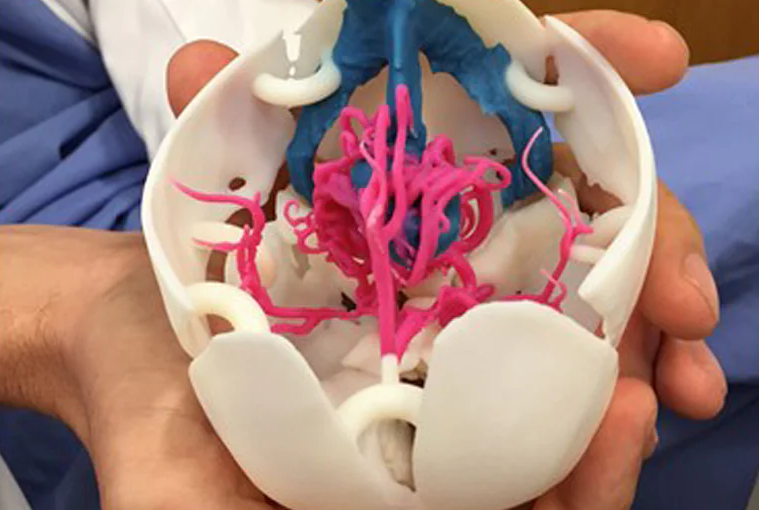
Innovation and Collaboration: Neurosurgeons can collaborate with radiologists, engineers, and other medical professionals to develop innovative solutions for challenging cases. These collaborations can lead to the design of custom implants, surgical instruments, and novel techniques. In essence, 3D printing has revolutionized neurosurgery by providing a tangible and accurate platform for surgical simulation and planning. This technology empowers neurosurgeons to refine their techniques, optimize their approaches, and ultimately improve patient outcomes in the complex and critical field of neurosurgery.


